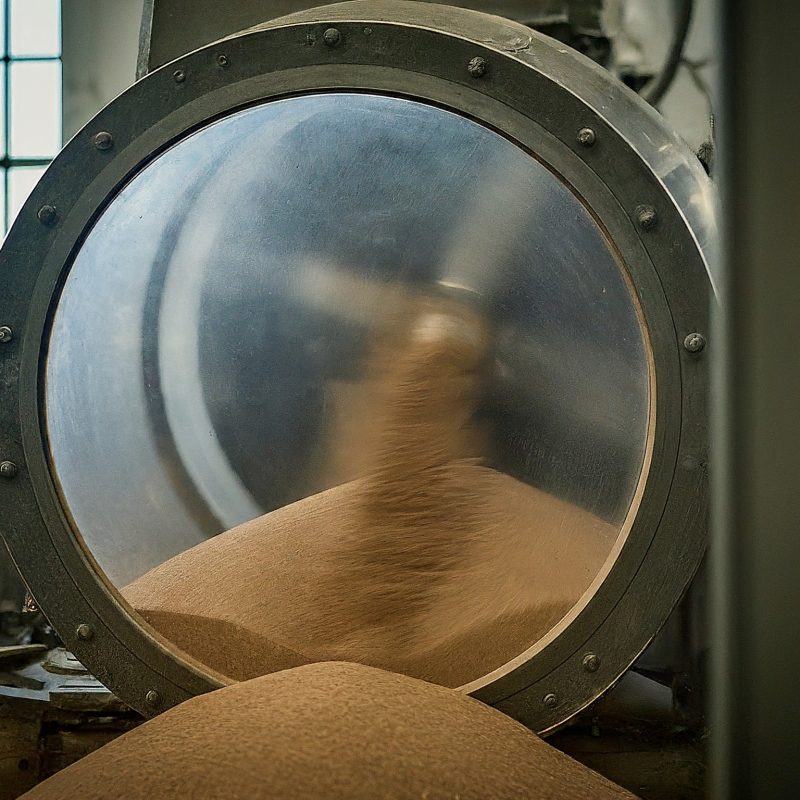The acquisition of a laboratory multi-mill is a critical decision for any research or development facility.
This equipment is often a significant investment, and selecting an unsuitable unit can lead to compromised research outcomes, increased operational costs, and unnecessary downtime. To avoid such pitfalls, a methodical approach to procurement is essential.

- Define Requirements Clearly
The first step towards acquiring a suitable laboratory multi-mill is to clearly define the specific requirements of the application. Factors such as sample type, desired particle size distribution, throughput capacity, and safety considerations should be carefully evaluated. A comprehensive understanding of these parameters will guide the selection process and prevent the purchase of a mismatched unit.
- Investigate Manufacturer Reputation
The reputation of the equipment manufacturer is a crucial factor to consider. Established manufacturers with a proven track record in the design and production of laboratory equipment are more likely to deliver reliable and high-performance products. Researching customer reviews, testimonials, and industry feedback can provide valuable insights into the manufacturer’s capabilities and customer satisfaction.
- Verify Design and Construction
A thorough examination of the multi-mill’s design and construction is essential to ensure its suitability for the intended application. Key areas to focus on include:
Material Compatibility: The materials used in the construction of the mill should be compatible with the samples being processed. For example, stainless steel is often preferred for its corrosion resistance, while ceramic or tungsten carbide may be necessary for abrasive materials.
Bearing and Seal Design: The quality of bearings and seals is critical for the mill's performance and longevity. High-quality components should be used to ensure smooth operation and minimal maintenance.
Grinding Chamber Design: The design of the grinding chamber should optimize material flow and grinding efficiency. Factors such as chamber volume, shape, and liner material should be carefully considered.
- Evaluate Grinding Performance
Understanding the grinding performance of the multi-mill is crucial. Manufacturers often provide performance data, such as particle size distribution curves and energy consumption figures. However, it is essential to verify these claims through independent testing or by requesting samples of processed materials.
- Consider Maintenance and Support
A reliable multi-mill requires regular maintenance and support. It is essential to assess the manufacturer’s service capabilities, including availability of spare parts, technical support, and training options. A good after-sales support network can significantly reduce downtime and ensure optimal equipment performance.
- Safety Features and Compliance
Safety should be a top priority when selecting a laboratory multi-mill. The equipment should comply with relevant safety standards and regulations. Features such as emergency stop buttons, interlocks, and dust collection systems are essential for protecting operators and the environment.
- Cost-Benefit Analysis
While cost is a significant factor, it should not be the sole determinant of the purchasing decision. A balance between cost and performance must be achieved. It is often more cost-effective to invest in a higher-quality multi-mill with a longer lifespan and better performance than to opt for a cheaper but less reliable unit.
- Pilot Testing
If possible, conducting pilot testing with the multi-mill before making a final purchase can provide valuable insights into its performance and suitability for the specific application. This can help identify potential issues and make necessary adjustments before committing to a full-scale purchase.
- Vendor Reputation and Reliability
The reputation and reliability of the vendor are crucial factors to consider. A reputable manufacturer with a proven track record is more likely to deliver a high-quality product and provide excellent after-sales support.
- Flexibility and Adaptability
A versatile multi-mill can be adapted to various applications and future needs. Consider the ability to change grinding media, adjust operating parameters, and incorporate additional features or accessories.
By following these guidelines and conducting thorough research, researchers and engineers can make informed decisions when purchasing a laboratory multi-mill, ensuring the acquisition of a reliable and efficient tool for their work.
